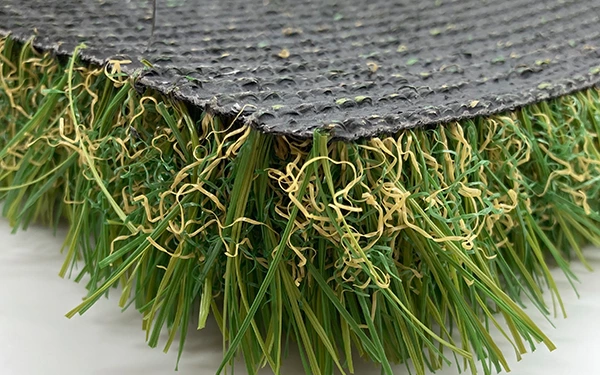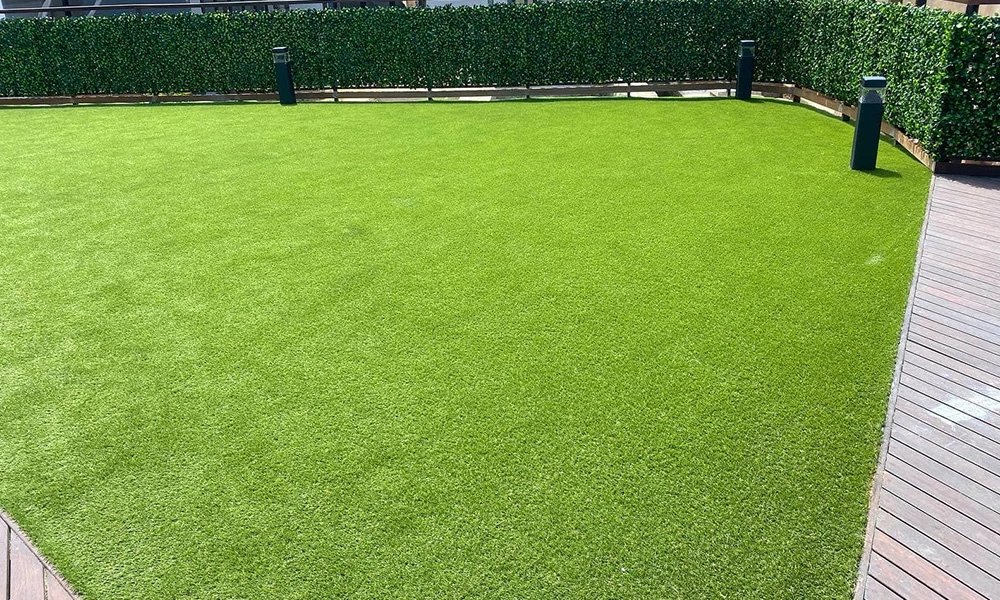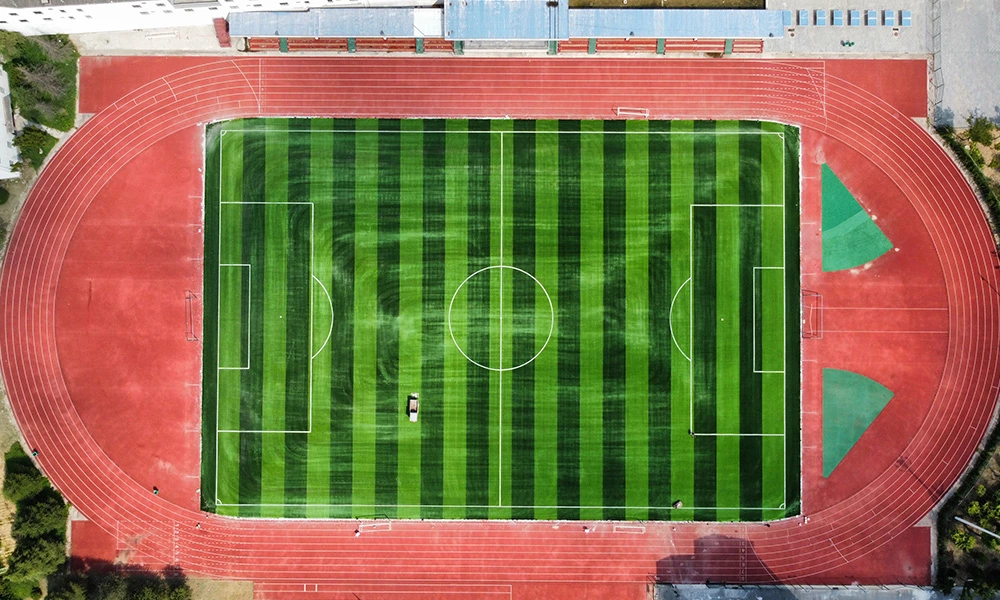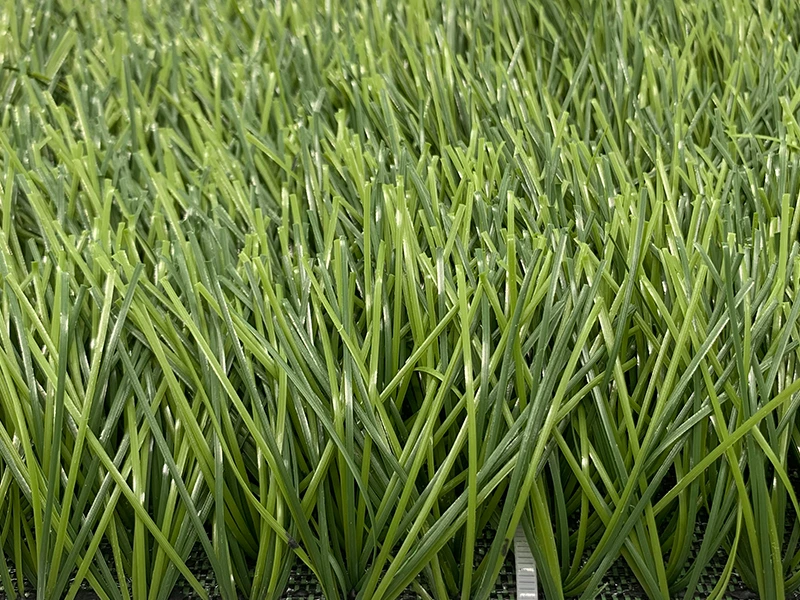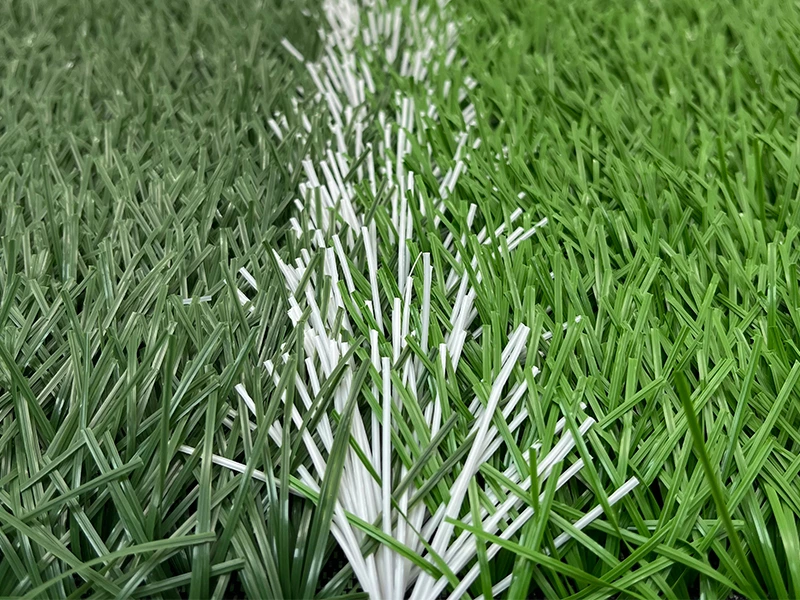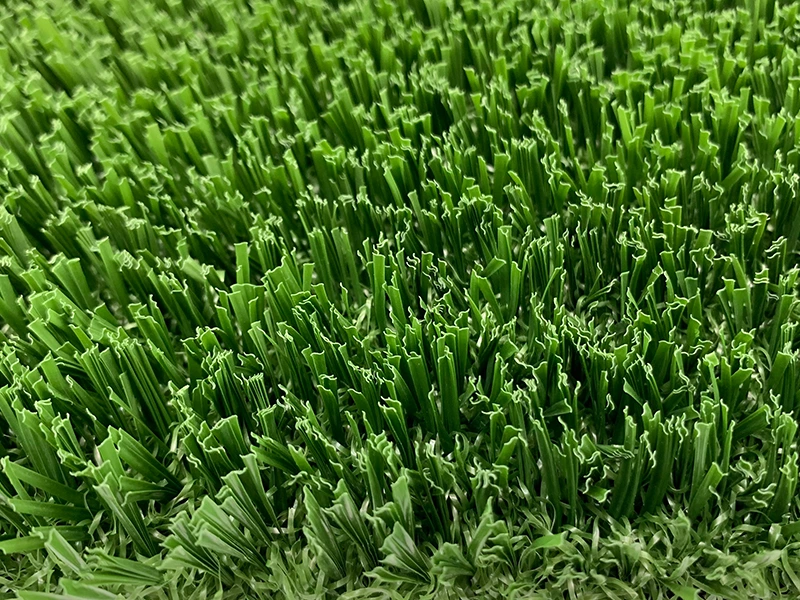Does artificial turf require drainage?
Does artificial turf require drainage? Although this question is needed in front of most people, what is the reason? Before exploring this issue, we need to understand the characteristics of artificial turf and how it differs from natural turf.
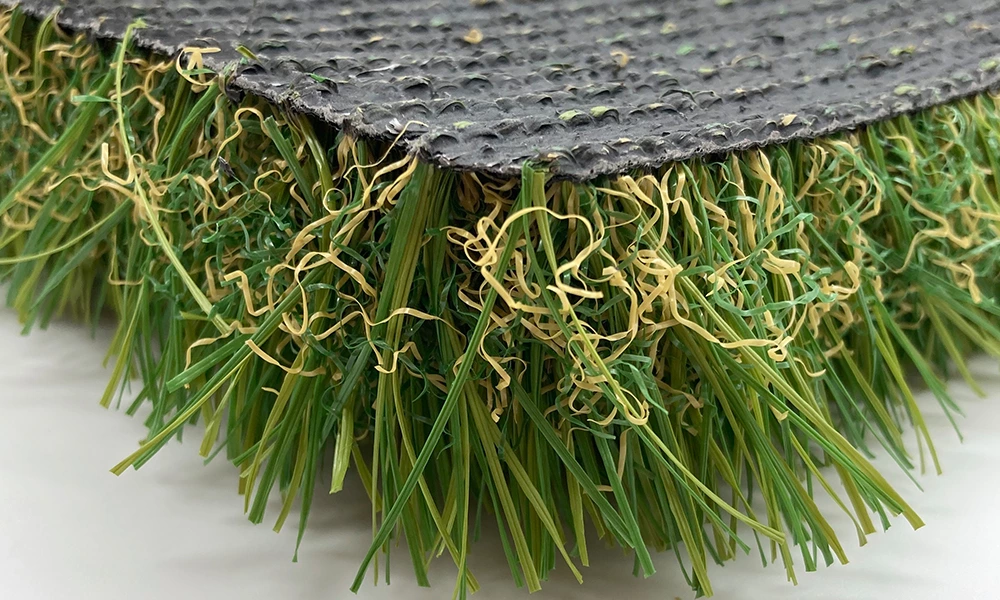
Artificial turf is made of synthetic fibers and is typically laid on the ground to enhance landscaping or replace real grass. Compared to natural lawns, artificial turf does not require watering, mowing or fertilizing, so it saves a lot of time and resources. Therefore, it has good drainage performance, because its bottom is usually made of porous materials, which can allow water to penetrate quickly and reduce the possibility of water accumulation.
Although artificial turf inherently has drainage capabilities, in certain situations it can still be beneficial to install a drainage system. For example, in areas with flatter terrain and poor drainage, installing a drainage system would be a wise choice if large amounts of standing water over time could cause the base of the artificial turf to become soft or moldy. In addition, if artificial turf is laid on the ground and there are drainage problems below the ground, such as a high water table or dense soil, then the drainage system will help maintain the stability and appearance of the lawn.
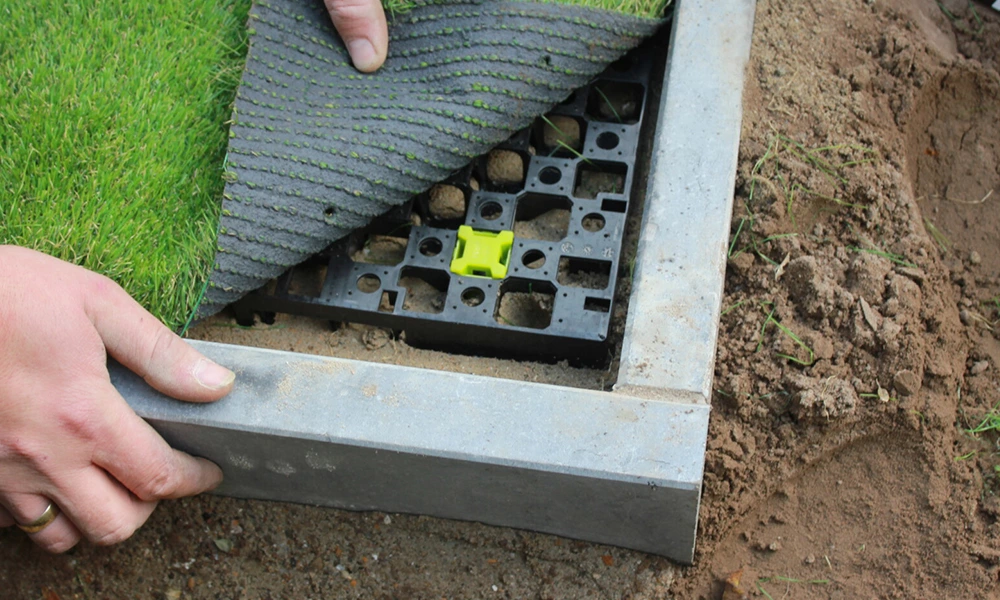
For the most part, artificial turf does not necessarily require the installation of a complex drainage system. However, in some special cases, installing a proper drainage system is an investment worth considering in order to ensure the long-term stability and beauty of your artificial turf.
